-

What are the advantages of disc-type scaffolding
1. Wide application of functionality The disc-type scaffolding adopts a uniform 500mm disc spacing. With its columns, crossbars, and tripods, it can be set up as bridge supports, stage supports, lighting towers, and bridge pier safety ladders with different spans and cross sections. The tradition...Read more -
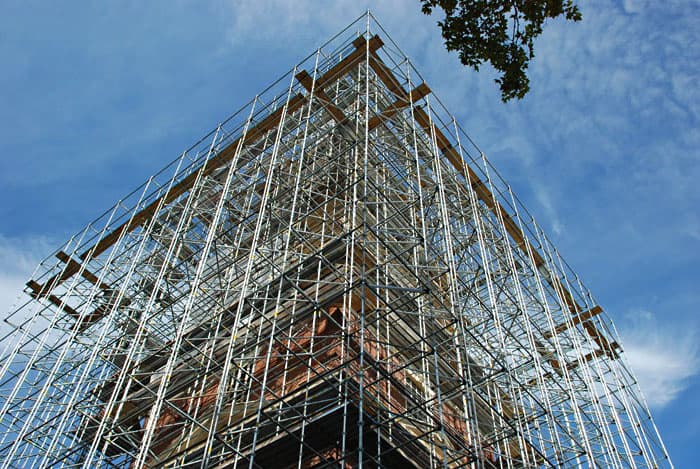
Safety requirements for the erection of disc-type scaffolding commonly used in work projects
Building structure safety has always been the main goal in the process of realizing various project construction, especially for public buildings. It is necessary to ensure that the building can still ensure structural safety and stability during earthquakes. The safety requirements for the erect...Read more -
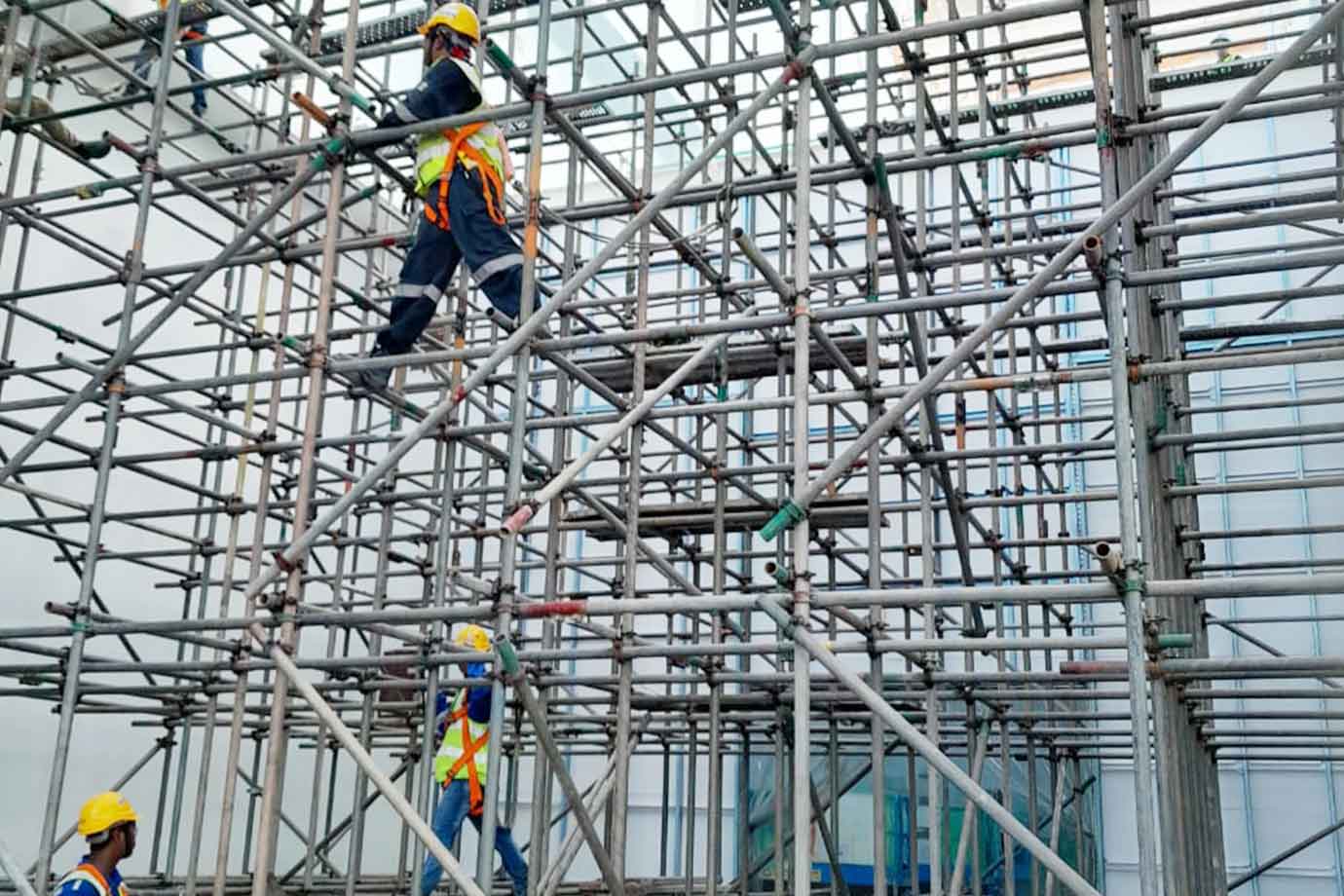
What are the special advantages of the disc-type scaffolding
In recent years, many large or special construction projects have chosen the new disc-type scaffolding. Not only that, the country has also begun to encourage construction parties to use disc-type scaffolding, especially for projects with high difficulty and large engineering volume, which must b...Read more -

The industrial project the key points and standards for scaffolding acceptance
In scaffolding projects, the acceptance link is crucial to ensure safety and quality. The following are key acceptance stages and contents: 1. After the foundation is completed and before the scaffolding is erected: check the soil-bearing capacity to ensure that the foundation is stable. 2. After...Read more -
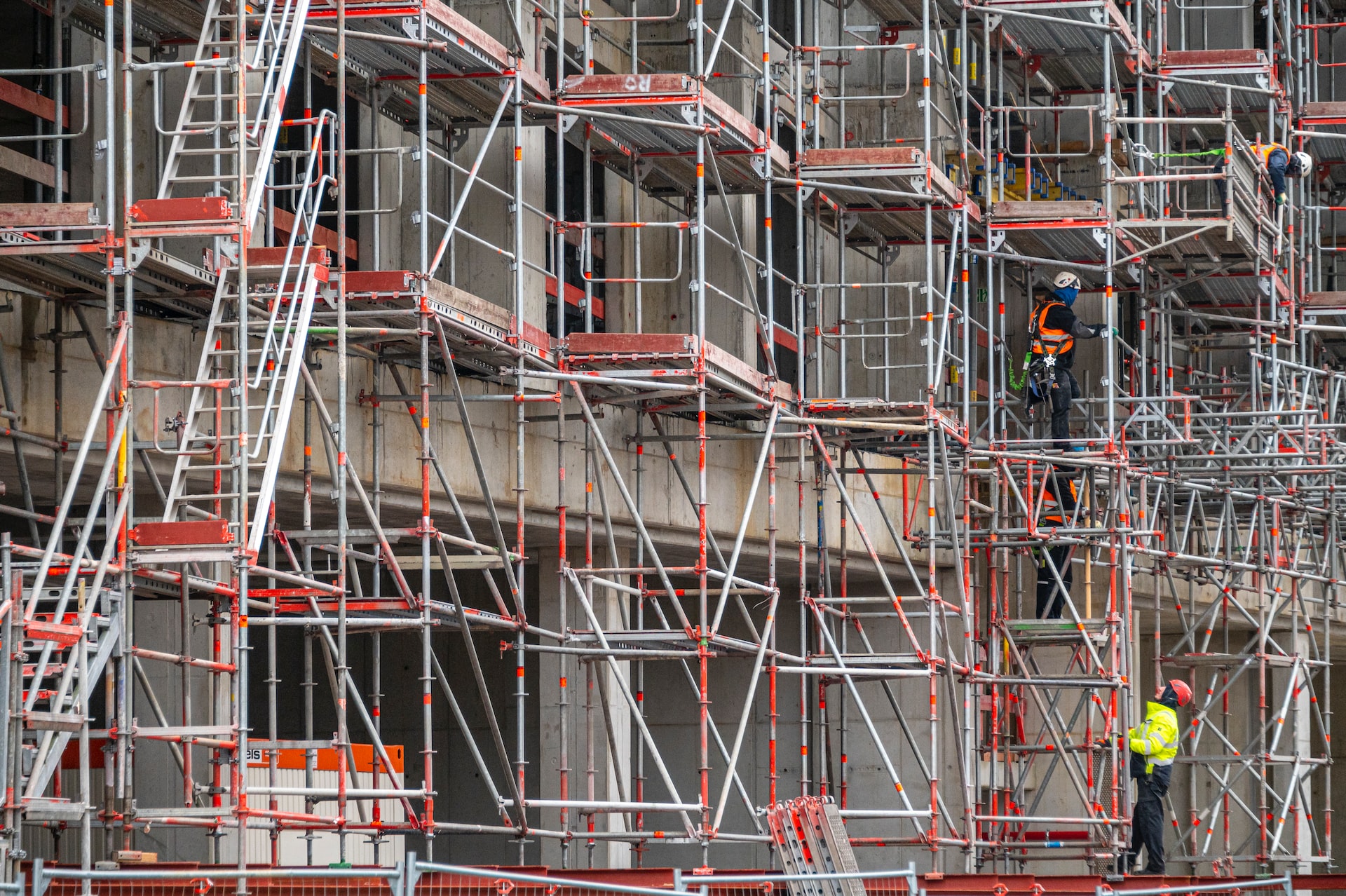
What should be paid attention to when using the disc-type scaffolding commonly used in engineering projects
We will find workers building disc-type scaffolding at the construction site. There are some steps to follow when using the disc-type scaffolding. So what should be paid attention to when using the disc-type scaffolding? Today, let’s learn about what should be paid attention to when using t...Read more -
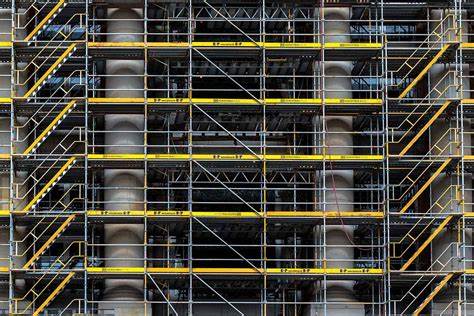
Diversity and unique challenges of scaffolding
On construction sites, different types of projects will choose scaffolding for different purposes. When building bridges, cup-hook scaffolding, and portal scaffolding are common choices; while the construction of the main structure uses more coupler scaffolding. The working conditions of scaffold...Read more -
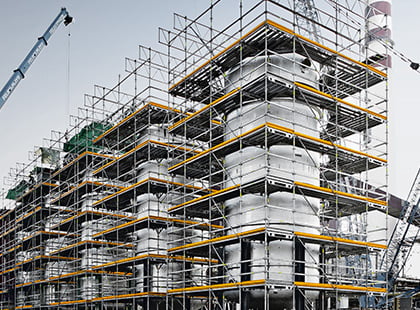
Key factors to ensure the safe use of disc-type scaffolding in industrial projects
In modern construction projects, disc-type scaffolding has become a widely used construction equipment. It has been well received by construction units for its stability, safety, and convenience. However, the use of any construction equipment is inseparable from the concern for safety issues. For...Read more -
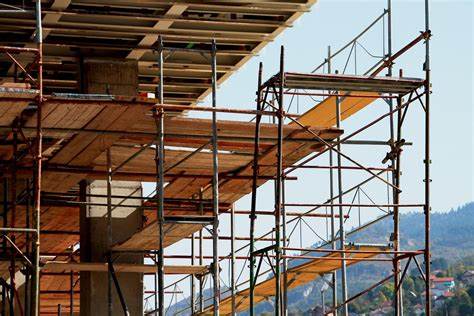
How to calculate the number of scaffolding accessories for the disc-type scaffolding
At present, disc-type scaffolding is very popular in the scaffolding industry. Due to the promotion of macroeconomic policies, the disc-type scaffolding market is in short supply. However, many colleagues who are new to disc-type scaffolding, are not very familiar with the engineering usage of th...Read more -
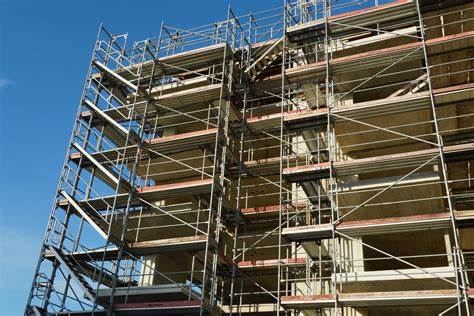
Scaffolding safety in the construction process that cannot be ignored
On the construction site, scaffolding is an indispensable temporary structure in the construction process. It provides a platform for workers to work and also provides a guarantee for the progress and quality of the project. However, the safety of scaffolding is equally important and cannot be ig...Read more
